My solution is as Eric Lippert mentioned; keep the real data floating in the middle of the backing-buffer, rather than at the beginning. However, this is still a list, not a queue; can still Add/Remove/Replace everywhere.
public class BList<T> : IList<T>, IReadOnlyList<T>
{
private const int InitialCapacity = 16;
private const int InitialOffset = 8;
private int _size;
private int _offset;
private int _capacity;
private int _version;
private T[] _items;
public BList()
{
_version = 0;
_size = 0;
_offset = InitialOffset;
_capacity = InitialCapacity;
_items = new T[InitialCapacity];
}
public BList(int initialCapacity)
{
_size = 0;
_version = 0;
_offset = initialCapacity/2;
_capacity = initialCapacity;
_items = new T[initialCapacity];
}
public void Insert(int insertIndex, T item)
{
if (insertIndex < 0)
throw new ArgumentOutOfRangeException(nameof(insertIndex));
var padRight = Math.Max(0, (insertIndex == 0) ? 0 : (insertIndex + 1) - _size);
var padLeft = insertIndex == 0 ? 1 : 0;
var requiresResize = _offset - padLeft <= 0 ||
_offset + _size + padRight >= _capacity;
if (requiresResize)
{
var newSize = _size + 1;
var newCapacity = Math.Max(newSize, _capacity * 2);
var newOffset = (newCapacity / 2) - (newSize / 2) - padLeft;
var newItems = new T[newCapacity];
Array.Copy(_items, _offset, newItems, newOffset, insertIndex);
Array.Copy(_items, _offset, newItems, newOffset + 1, _size - insertIndex);
newItems[newOffset + insertIndex] = item;
_items = newItems;
_offset = newOffset;
_size = newSize;
_capacity = newCapacity;
}
else
{
if (insertIndex == 0)
_offset = _offset - 1;
else if (insertIndex < _size)
Array.Copy(_items, _offset + insertIndex, _items, _offset + insertIndex + 1, _size - insertIndex);
_items[_offset + insertIndex] = item;
_size = _size + 1;
}
_version++;
}
Full code
Test insert Count : 131072

